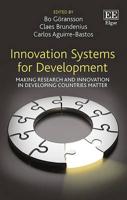Publisher's Synopsis
Maintaining chlorine and chloramine residual is a key factor that determines potability of distributed water. Decay of these disinfectants is affected by various water quality and infrastructure related factors. Understanding the decay of residuals in the distribution system is critical with respect to safe delivery of drinking water and in developing water quality models that can be used by utilities for the operation of potable water delivery systems. In order to comply with microbial and disinfection byproduct (M/DBP) regulations, water suppliers are continually investing in treatment processes for achieving greater levels of inactivation and DBP precursor removal. As a result of these changes in water quality, maintaining a disinfectant residual in the distribution system can be challenging Bench-scale testing has been used to determine the effect of advanced treatment (enhanced coagulation, granular activated carbon adsorption, ozonation, biofiltration, and ultraviolet irradiation) on chlorine and chloramine decay.









